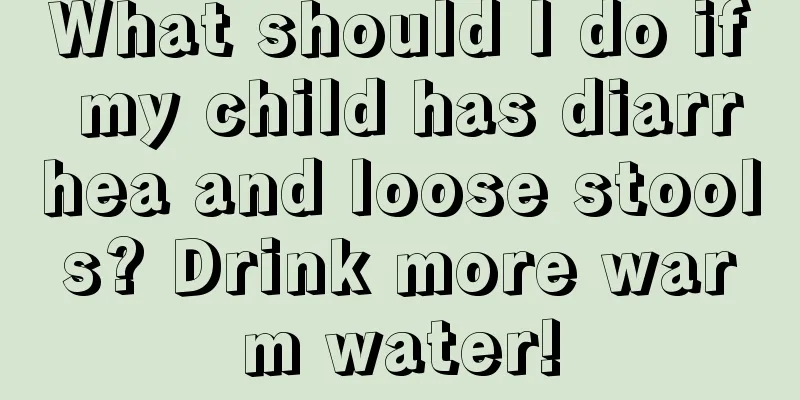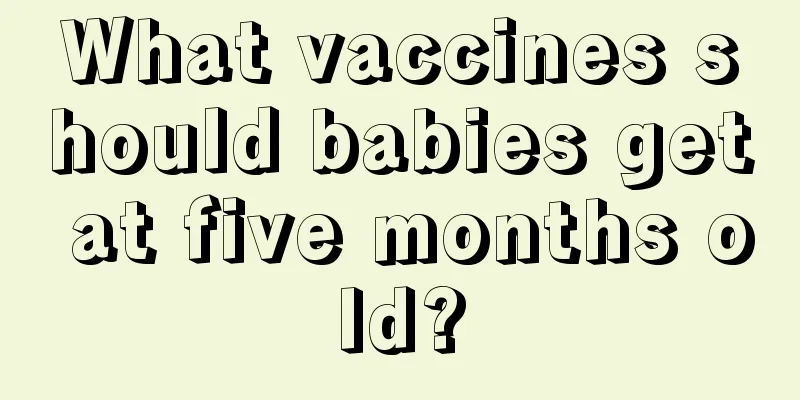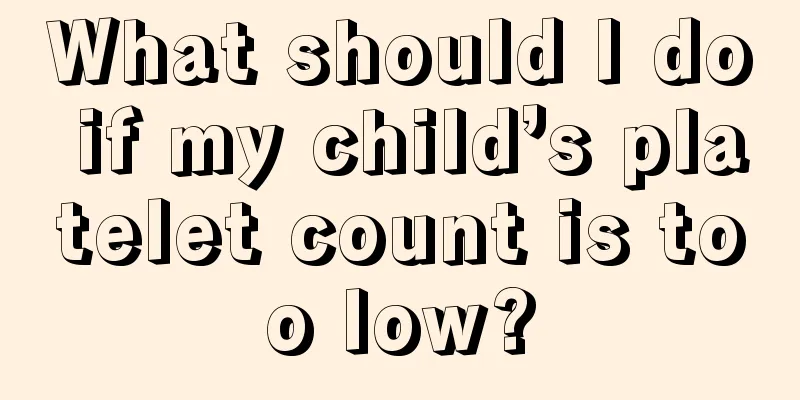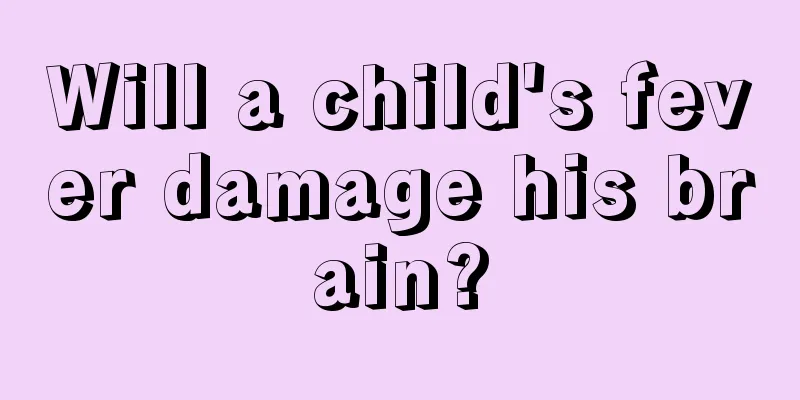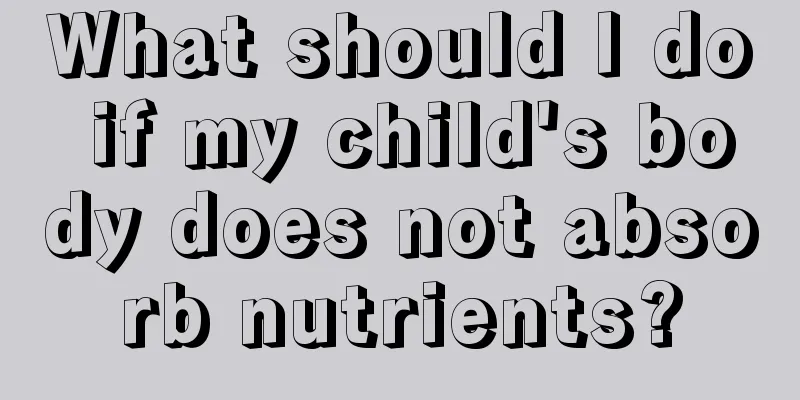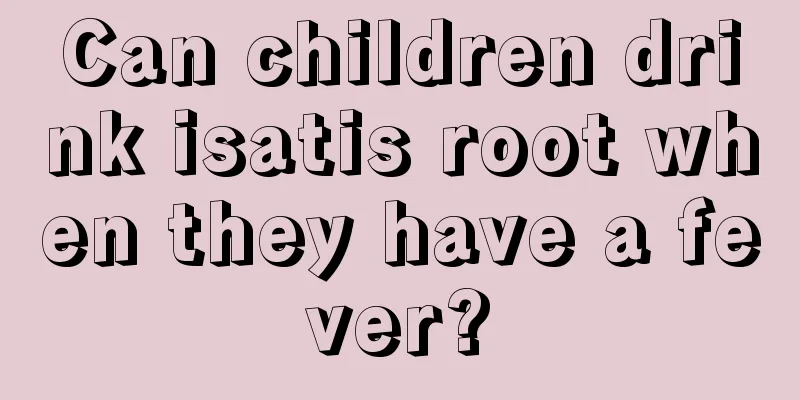The child does not eat breast milk but only eats from a bottle
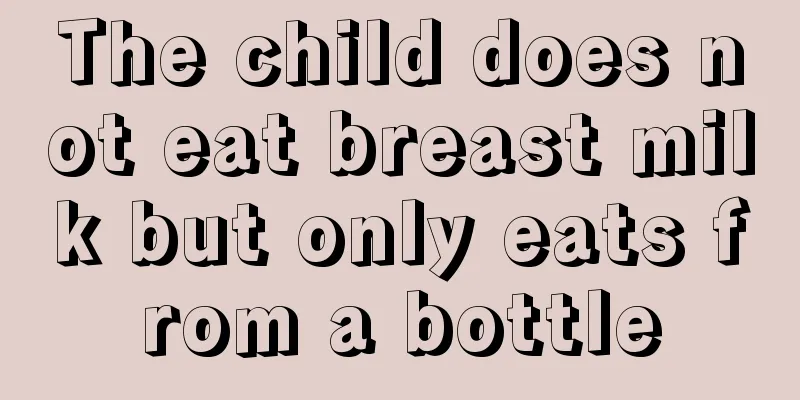
|
Because babies mainly bite the mother's nipple when they are breastfeeding, sometimes when feeding babies water or milk powder, parents will choose to feed them with a bottle with a nipple. Even when some babies are crying or sleeping, parents will let them eat from a bottle. But this will cause some problems, that is, the baby sometimes only eats the bottle and not breast milk. What should I do at this time? Breastfeeding mothers are most afraid of nipple confusion in their babies, that is, the baby only eats the bottle and not the mother's nipple, which is likely to lead to breastfeeding failure.What causes nipple illusion? Due to premature birth, caesarean section, etc., the mother was unable to start breastfeeding in time, and the baby accepted the bottle prematurely, resulting in a nipple illusion. Some mothers feel that they have insufficient milk, so they add milk powder, which causes the baby to dislike breast milk. 1. Improper sucking posture during breastfeeding. Improper posture during breastfeeding and incomplete nipple occlusion can easily cause nipple cracking and pain, causing psychological fear in the mother, and preventing her from breastfeeding on demand, which can make the baby easily refuse milk. What should mothers do if they have cracked nipples? You can reply to the backstage of the public account Breastfeeding Home: "Nipple cracks" to view 2. Separation of mother and baby The mother suffers from pregnancy complications, such as severe gestational hypertension, preeclampsia, eclampsia, postpartum hemorrhage, pregnancy complicated by heart disease, etc. and is not breastfeeding during treatment; the nipples are flat and inverted, making breastfeeding difficult; the newborn's Apgar score is < 7 points or the premature and asphyxiated infants are fasted or fed by nasogastric feeding during neonatal care, and nipple illusion occurs when breastfeeding is resumed.
If the mother stops breastfeeding for some reason during breastfeeding and feeds the baby with a bottle during this period, the baby may be unwilling to suck milk. This situation is difficult to correct, and some children cannot even correct it. So never give up breastfeeding halfway. What's the magic of the bottle? Sucking on a nipple and sucking on a pacifier are two completely different techniques. The nipple of the bottle is longer and fills the entire mouth, making it effortless and comfortable for the baby to suck. The baby only needs to gently squeeze the rubber nipple with the upper and lower lips without moving the tongue, and the milk will flow into the mouth through the larger opening of the rubber nipple. When sucking the mother's nipple, you must first stick out your tongue, roll the nipple and pull it into the mouth, so that the nipple and most of the areola form a long nipple, and then use your tongue to push the nipple against the hard palate, using this method to squeeze out the milk accumulated in the areola. In comparison, sucking on a pacifier requires less effort and makes it easier to get milk, while breast milk requires strong sucking stimulation to promote lactation. Once a baby gets used to a pacifier that makes it easy to drink milk, he or she will develop a resistance when sucking on the mother's nipple that requires more effort to drink milk.
1. Close contact between mother and baby means not only feeding time, but also more skin contact with the baby as much as possible. Keep baby on the breast for as long as he or she is interested. 2. The mother should patiently let the baby practice sucking the nipple. First, squeeze some breast milk into the baby's mouth, let the baby try to taste the milk, and try to suck the nipple. 3. Use different postures to cater to the baby's nipple for effective sucking. Do not press on the back of the baby's head or shake the breast. 4. Use the correct breastfeeding posture For example: hold the baby with your left hand, facing you, with belly against belly, so that the baby's head, neck and body are in a straight line, the upper and lower lips are separated, the gums are around the areola, and you can feel his tongue pointing up. The mother uses the thumb of her right hand to press against the top of the areola, and the index finger and middle finger are separated to pinch the breast, and use the other fingers and palm to hold the breast below the areola. |
<<: Can I still eat after holding back breast milk for a day?
>>: What to do if your 2 and a half year old baby has tooth decay
Recommend
What foods are better for children with indigestion?
Once people have indigestion problems, they often...
Little boy urinates painfully
Raising a boy at home is a very worrying thing. G...
Can ADHD in children be cured?
Some parents may find that their children are ver...
Are babies more sensitive to heat than adults?
Taking care of a baby is something that requires ...
What should I do if my child poops in small amounts?
As we all know, children's bodies are extreme...
Is it OK for children to eat watermelon when they have a fever?
We all know that children's fever may be caus...
What should children pay attention to when swimming?
Swimming can be considered a basic skill, and it ...
Where are the acupuncture points for reducing fever in children?
Western medicine treatment methods are simple and...
What should I do if my baby is zinc deficient at four months old?
A baby needs the most care from his parents in th...
Where to apply moxibustion for constipation in children
There are many reasons for constipation in childr...
What are the causes of children's hunchback?
Hunchback has a very negative impact on the appea...
Want your baby's hair to be beautiful? Expectant mothers should do this
The baby's hair actually starts to grow slowl...
Baby's watery diarrhea
Babies' resistance is weaker than that of ord...
What is the normal armpit temperature for young children?
What parents fear most is their children getting ...
The child coughs in the middle of the night
Children have weaker immunity and often get sick ...
